
Stars very close to the center of our galaxy could be fueled by dark matter in perpetuity, according to a team of astronomers who recently studied the distant light sources.

Stars very close to the center of our galaxy could be fueled by dark matter in perpetuity, according to a team of astronomers who recently studied the distant light sources.

A team of astronomers has spotted the most distant merging galactic cores yet, seen as they were when the universe was less than a billion years old. The duo of active galactic centers, called quasars, is the only confirmed pair seen during the Cosmic Dawn.
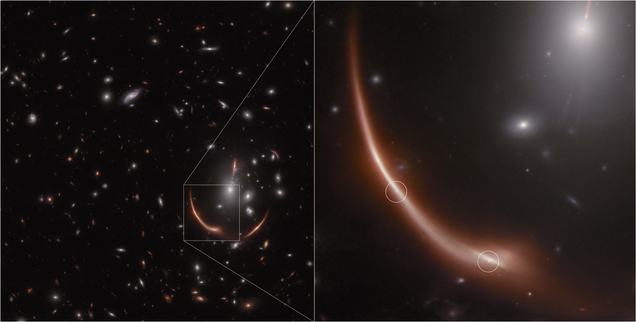
Last month, astronomers focused the Webb Space Telescope on the galaxy MRG-M0138 and found something surprising: a supernova in the ancient universe, magnified for your viewing pleasure by the gravitational lensed galaxy.
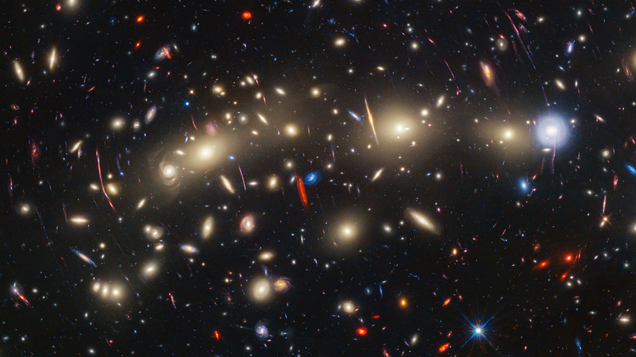
It’s not yet December, but NASA is already in a festive mood: the Webb and Hubble space telescopes recently imaged MACS0416, a pair of colliding galaxy clusters 4.3 billion light-years from Earth that is bedecked in sparkling lights.
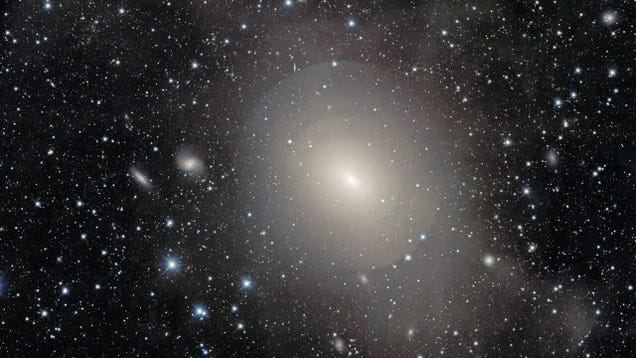
Behold a galactic onion: the shell galaxy NGC 3923, spotted by the Cerro Tololo Inter-American Observatory’s Dark Energy Camera (DECam) at a distance of about 70 million light-years from Earth.
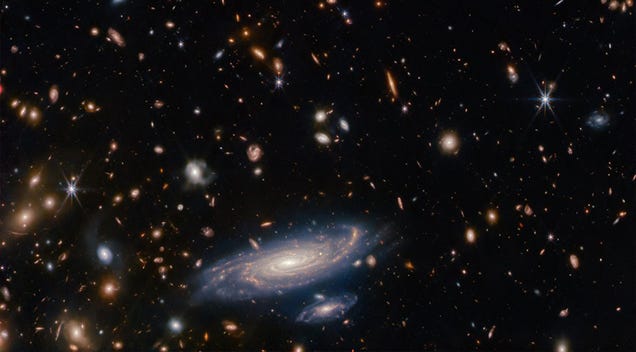
In the beginning, galaxies were lacking in chemical and metal abundances, according to a team of astronomers that recently used a telescope to study the ancient universe.

A team of scientists looking at a faraway galaxy using the Atacama Large Millimeter/submillimeter Array (ALMA) have detected that galaxy’s magnetic field, making it the most distant galactic magnetic field yet detected.
A team of researchers scrutinizing the Extended Groth Strip, a region of space between the constellations Ursa Major and Boötes, saw fewer growing supermassive black holes and less dust than they expected.
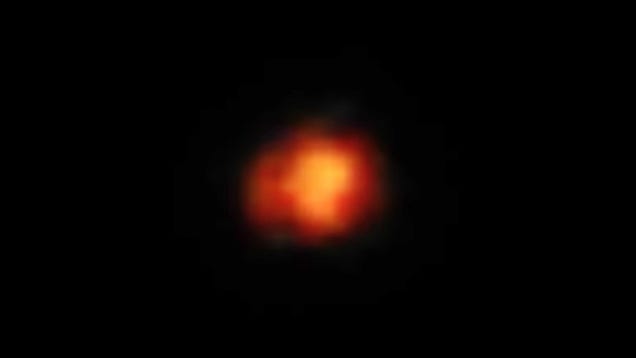
A galaxy first seen in a massive Webb Space Telescope deep field image a year ago is one of the earliest ever spotted, according to a team of astronomers that reviewed imagery of the structure.